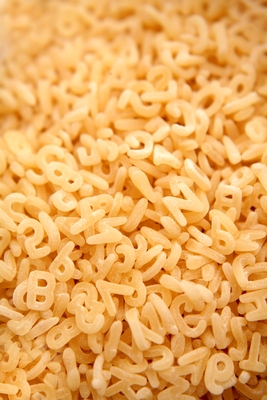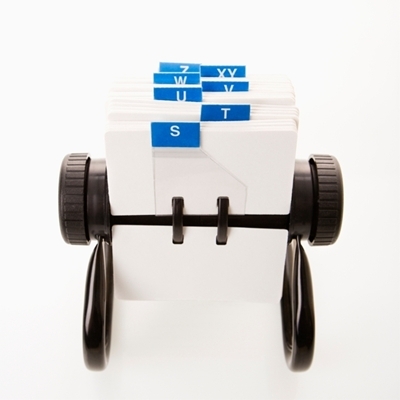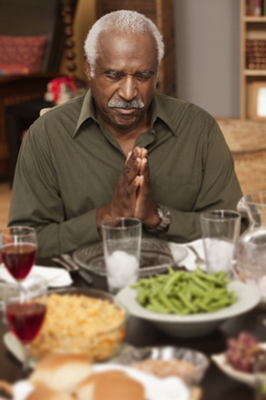The just-finished Scripps-Howard spelling bee got us thinking.
[As did the two winning words: Feulletion and stichomythia.]
 Whatever happened to big, sometimes elegant words in today’s communications … great tongue twisters like grandiloquent or right-on descriptors such as innocuous?
Whatever happened to big, sometimes elegant words in today’s communications … great tongue twisters like grandiloquent or right-on descriptors such as innocuous?
Is it because:
- we’re reduced to 140 characters or less,
- our attention span is split into seconds, not minutes,
- we text everything to everybody, or
- we read and talk in short bursts?
We submit it’s due to all of the above – and none. The College Board, in its effort to make SATs more indicative of success, has dropped obscure-isms, and instead substituted words that shift definition in context (‘synthesis’ is one). And in the mid-aughts, Princeton psychologist Daniel Oppenheimer picked a number of texts and replaced simple phrases with flowery language, using both as writing samples for 70+ students to evaluate. The results? No duh. As language complexity increased, rated opinions of the authors’ intelligence decreased.
Our argument: That there are valid times when the word nerd in us appears. No, it’s not because we need to impress our audience. Nor do we want to sound smarter. It’s just that words are the basis of our business – and, because of that, we deliberately choose those phrases that nail the situation and the event. Many of us write for the ear, so “live” and “inhabit” will resonate differently, depending on the circumstance. And contrast the meanings (both literal and figurative) of “angry” with “furious” or “splenetic”; they’re all different, best used in different ways.
Why not take advantage of our rich language – and our sesquipedalian instincts?
*Tina Fey, we’re sorry.



